Concrete w/ embedded slate
bobby769
13 years ago
Related Stories
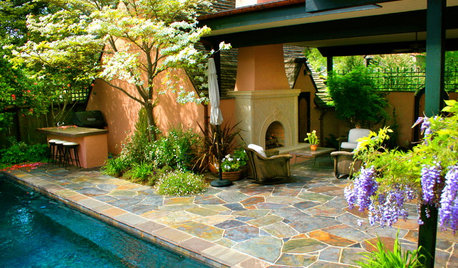
PATIOSLandscape Paving 101: Slate Adds Color to the Garden
Slate’s distinct hues set it apart from other natural stone paving
Full Story
FLOORS5 Benefits to Concrete Floors for Everyday Living
Get low-maintenance home flooring that creates high impact and works with home styles from traditional to modern
Full Story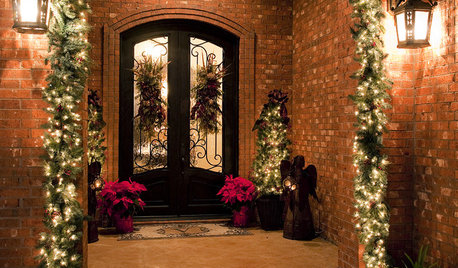
MOST POPULARA Contractor's Secrets to Hanging Holiday Decor
Hang a wreath or garland on brick, concrete, Sheetrock or wood the professional way — and avoid the potential pitfalls
Full Story
FLOORSFloors Warm Up to Radiant Heat
Toasty toes and money saved are just two benefits of radiant heat under your concrete, wood or tile floors
Full Story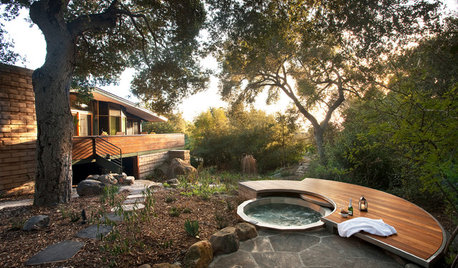
GARDENING AND LANDSCAPING12 Naturally Beautiful Hot Tubs
Prefer a no-plastic look for your patio or yard? Wood, stone and concrete make these hot tubs fit right in with nature
Full Story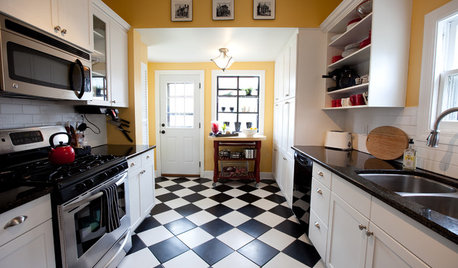
KITCHEN DESIGNKitchen Flooring 101: Find Your Material Match
From cork to concrete, our guide will help you pick the perfect surface for your kitchen floor
Full Story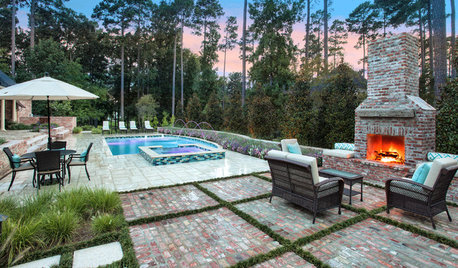
PATIOSYour Guide to 10 Popular Landscape Paving Materials
To choose the best paving for your landscape, look at climate, cost and context
Full Story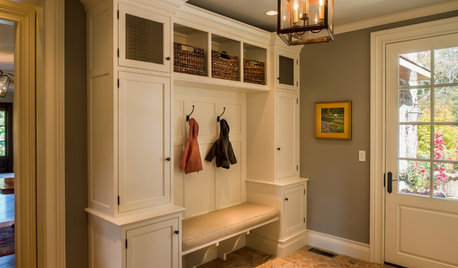
ENTRYWAYSGet a Mudroom Floor That’s Strong and Beautiful Too
Learn the flooring materials that can handle splashes and splatters with ease and still keep their good looks
Full Story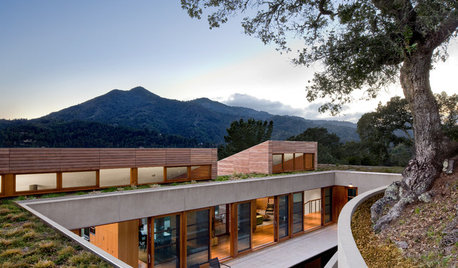
MODERN ARCHITECTUREVisit a California Hillside House Rooted in Nature
Walls of windows open to stunning mountain and bay views on one side and a serene pool courtyard on the other
Full Story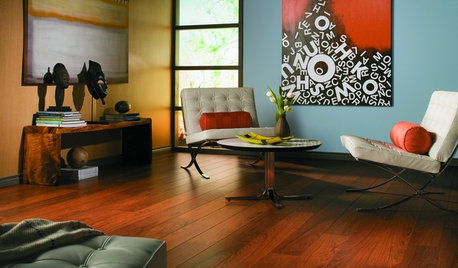
REMODELING GUIDESLaminate Floors: Get the Look of Wood (and More) for Less
See what goes into laminate flooring and why you just might want to choose it
Full StoryMore Discussions








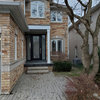


missingtheobvious
duluthinbloomz4
Related Professionals
Deer Park Landscape Architects & Landscape Designers · Fitchburg Landscape Architects & Landscape Designers · Kyle Landscape Architects & Landscape Designers · Manorville Landscape Architects & Landscape Designers · Berkley Landscape Contractors · Dedham Landscape Contractors · Peachtree City Landscape Contractors · Rockwall Landscape Contractors · Roswell Landscape Contractors · Wailuku Landscape Contractors · Welby Decks, Patios & Outdoor Enclosures · Clute Decks, Patios & Outdoor Enclosures · Foothill Farms Decks, Patios & Outdoor Enclosures · Canyon Lake Stone, Pavers & Concrete · Manassas Swimming Pool Buildersbobby769Original Author
missingtheobvious
hosenemesis
bobby769Original Author
jey_l
bobby769Original Author
laag
jey_l
laag
bobby769Original Author
tanowicki
laag
reyesuela
bobby769Original Author
bobby769Original Author